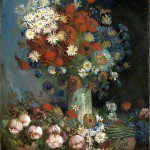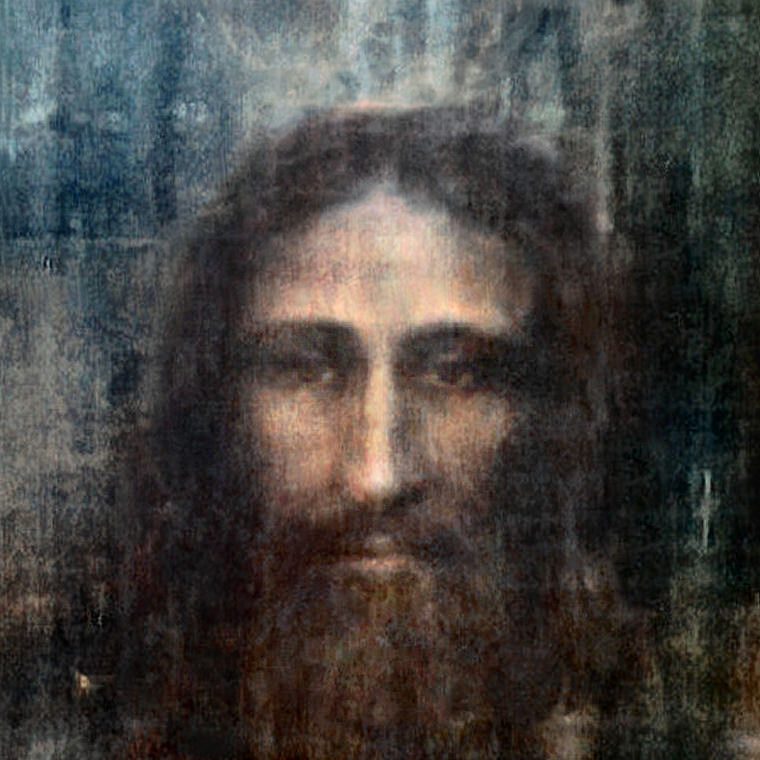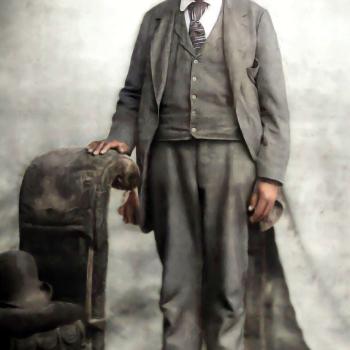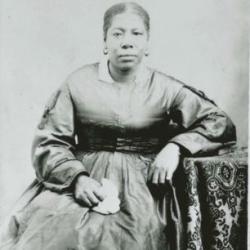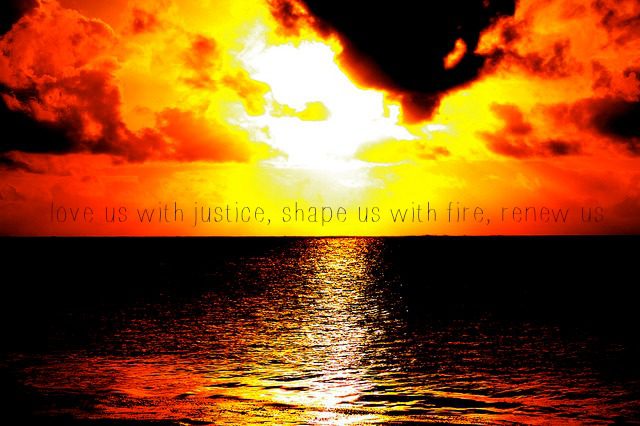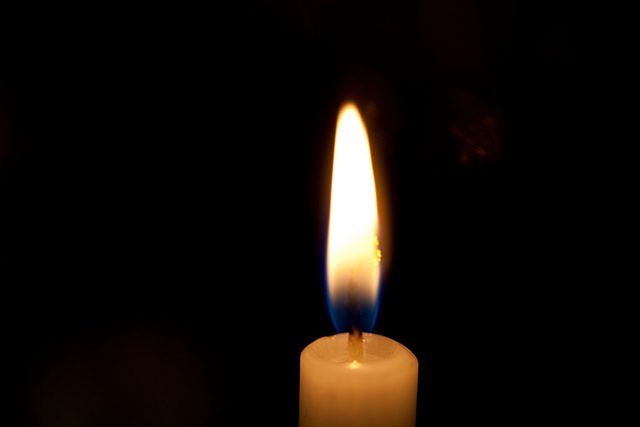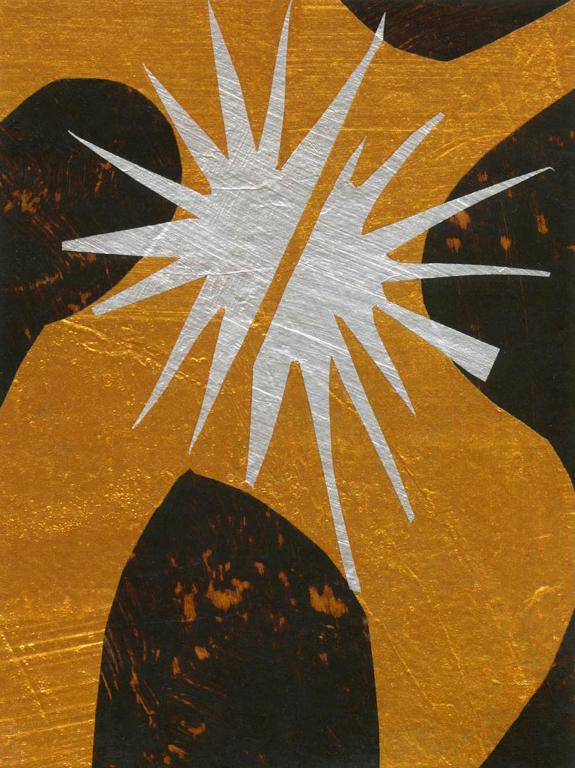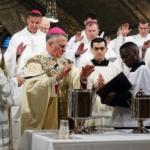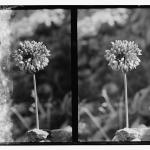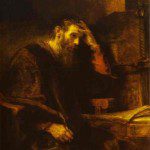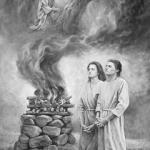Throughout Holy Week I’ll be directing you with artwork, words, and poems that are working themselves out in me. I’m thrilled to be sharing Jan Richardson‘s images with you each day. Her work is influenced by the liturgy and the contemplative life and it speaks so boldly to me. She has been gracious enough to allow us to have access to them. (Also, if you’re looking for more from her, she has a wonderful Lenten series on her blog, The Painted Prayerbook, right now.)
The Binding
by Cathy Song
We love them more than life,
these children who are born to us.
How did Mary endure it?
It was more than she bargained for,
the white lily light,
the passive acceptance of the sacred seed.
For the daughter of the well at dusk,
it was a moment of vanity.
He had taken notice.
He was like the stranger
who rides into town,
who in his worldliness
sees the gullible girl
and sweeps her off her feet.
He takes her by storm,
there is nothing subtle about Him,
the whirlwind courtship,
the messengers trumpeting exotic flowers.
The night she opened the window,
it was raining flowers,
as she knew it would be,
and it covered her,
like a wedding dress,
like snow.
But the child in her arms was real.
The weight of him was real.
And in her diligence–
the setting of the evening bread upon the table,
the terror any mother feels
in a crowded marketplace
when for an instant
she thinks her child is missing–
she thought
He might relent, choose another,
and she could live anonymously with her son
among the dwellers of the earth,
the carpenters, the fishermen, and the thieves.
Once she held him, she was lost.
Her body turned against her,
was made maternal
so that she saw nothing else
but the child who walked further each day into light.
How could she have known this?
That the son would resist her
every attempt to bind him,
that in his loneliness he would belong
to everyone and to no one,
forfeit what welled within her
in order to save the nameless, the cripple, the unspeakable.
She was duped into thinking
when the time came
she could give the child up,
and in exchange for the son, her sacrifice,
she could receive the heavenly reward:
immortality,
candles and cathedrals,
inexhaustible light–
the thousand statues of herself.
Who would want such eternal life?
Better the grunt and toil,
the hog’s blissful sleep,
a child who needed her.
She prayed that He might forget the pact.
And then the praying stopped.
Why call attention to herself?
Let silence be her accomplice
and with the less devout she could slip
unnoticed with her son toward a simpler destiny.
Like fugitives, always under the cover of night.
In the son’s greatest hour,
he loved her
not more, not less
than he loved the soldier who wept at his feet.
It was cruel to ask that of her,
of any woman allowed to bear that weight.
from Cathy Song’s Frameless Windows, Squares of Light, 1988, Penguin Books.
But the eyes of Christ which see the splendor of God’s light are the same eyes which have seen the lowliness of God’s people. The same eyes that penetrate God’s eternal mystery have also seen into the innermost being of men and women, who are created in God’s image. They saw Simon, Andrew, James, Philip, Nathaniel and Levi and called them to dicipleship. They saw Mary of Magdala, the widow of Naim, the lame, the lepers and the hungry crowd and offered the healing and new life. They saw the sadness of the rich young ruler, the fear of the disciples on the lake, the loneliness of his own mother under the cross and the sorrow of the women at the tomb…
From Behold the Beauty of the Lord, Henry Nouwen (55-56)
“Present therefore in their daily celebration of the eucharist and at the saying of their offices is this reminder that death is part of life. It is of course a vivid visual statement of what St Benedict is saying in the Rule, ‘Keep death daily before your eyes’ (4.47). But he is also simultaneously saying, ‘Look forward to holy Easter with joy and spiritual longing’ (49.7). So once again he expects us to hold two things in tension. Death and life are inseparable. Dying and behold we live. Here is the ultimate in contradiction. Here is utter foolishness to the point of absurdity. We lose our life to gain it.”
Living with Contradiction by Esther de Waal (113-114)


